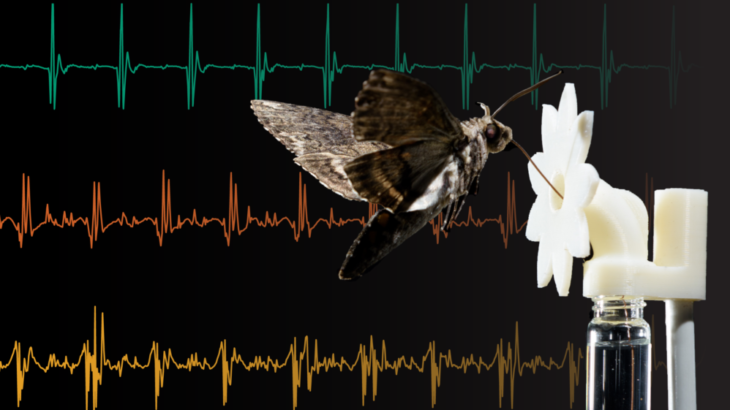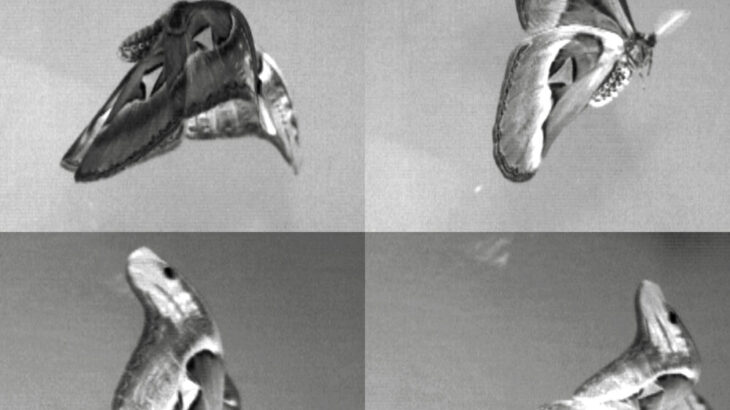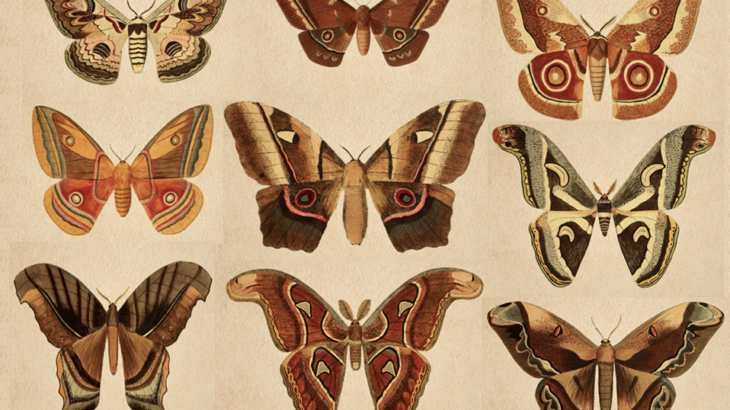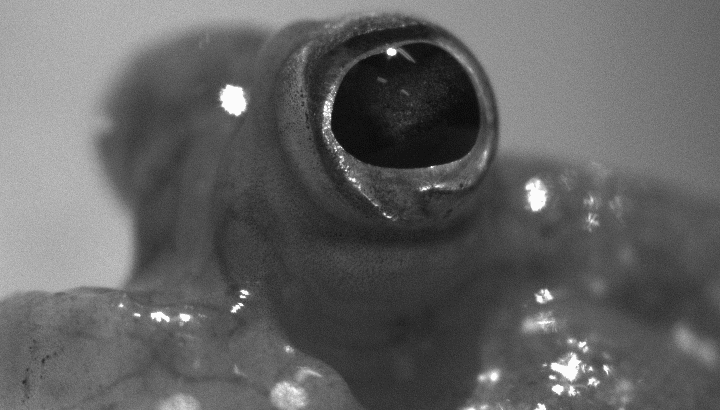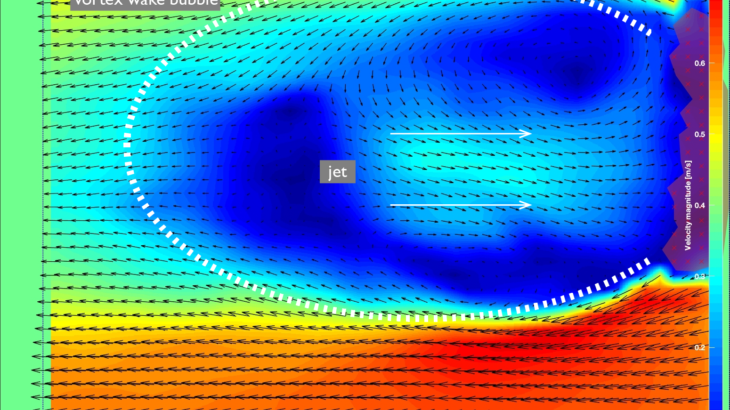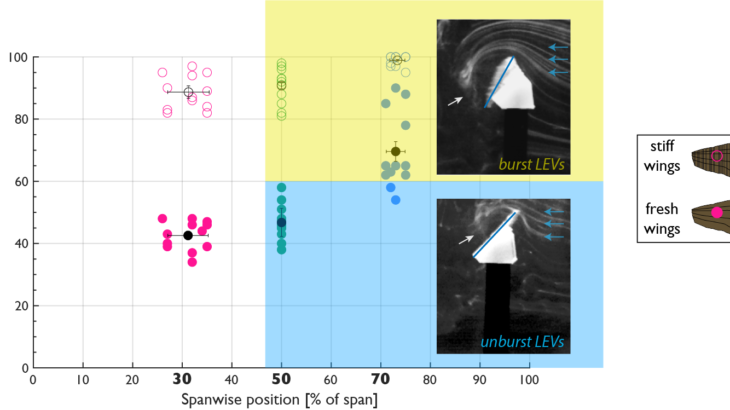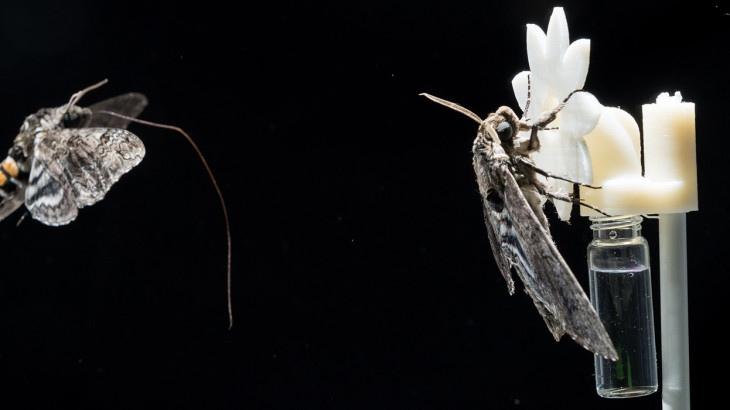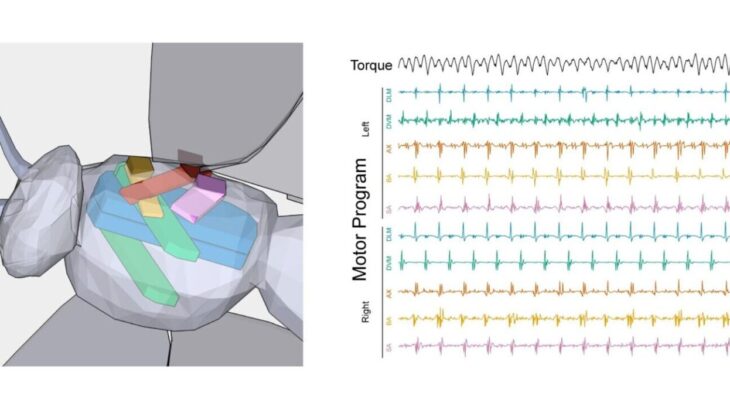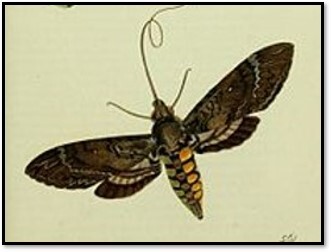
Animals are driven to move, seek food resources, or find mates based upon their physiological needs at a given time. These physiological needs are embedded in biochemical changes within the animal. In collaboration with the Core Facilities at Georgia Tech, this project seeks to understand how biochemical changes in the brain and the thorax of […]

